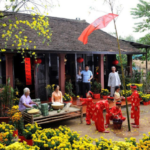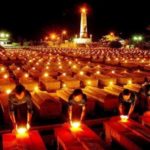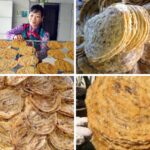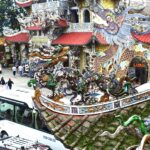As the 23rd of the twelfth lunar month nears, Vietnamese families gear up for the unique ritual of bidding farewell to the Kitchen Gods as they ascend to Heaven to report on the household’s deeds from the past year.
Beyond the traditional rituals of offering a grand feast, cleaning the altar, and dressing respectfully, there are distinct regional customs that add to the richness of this tradition.
1 The Northern Ritual: Timing and Offerings
In Northern Vietnam, it is believed that after midday on the 23rd, the Kitchen Gods leave for Heaven. Thus, families perform the ritual early in the morning between the 20th and 23rd, with the latest before noon on the 23rd.
One notable difference is the inclusion of paper or live carp in the offerings, along with traditional dishes. The carp is either burned or released, symbolizing the Kitchen Gods’ ascent. Additionally, sweet sticky rice or “Mrs. Bone”, a delicacy, is offered to ensure the Kitchen Gods’ favorable report to the Jade Emperor.
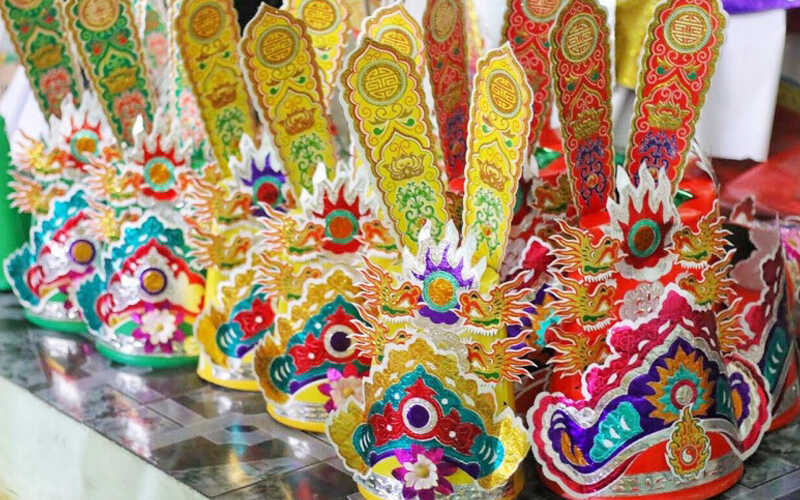 The solemn ceremony in Northern Vietnam
The solemn ceremony in Northern Vietnam
The North also marks the transition of power between the Heavenly Official and the Kitchen God. Post-ceremony, a ritual to clean the incense cups and altar, rearranging the incense, is performed.
Learn more: A Comprehensive Guide to the Kitchen God Ceremony in 2024
2 Southern Hospitality: A Simplified Ceremony
Southern Vietnam boasts the simplest ceremony, performed on two separate days. The 23rd is for seeing off the Kitchen God, and the 7th of the first lunar month is for welcoming them back. The Southern belief is that the Kitchen God reports to the Jade Emperor from the 23rd to the 30th.
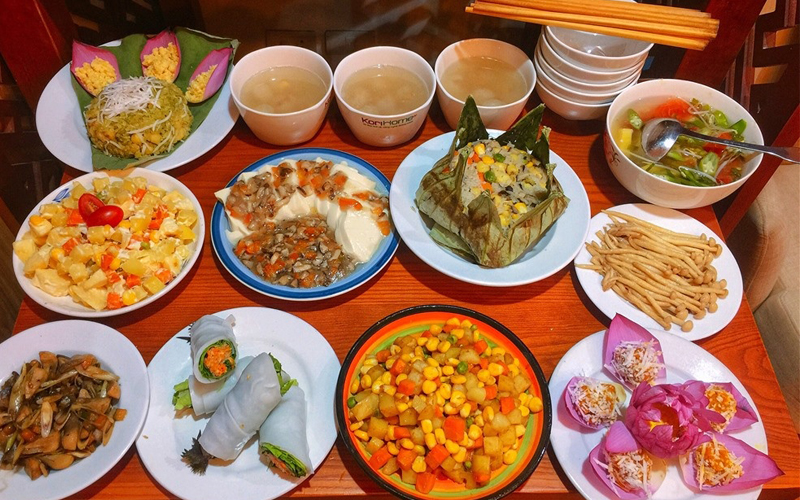 A simple yet meaningful ceremony in Southern Vietnam
A simple yet meaningful ceremony in Southern Vietnam
The ceremony is held in the evening, post-dinner, between 8:00 PM and 11:00 PM. Offerings may include traditional dishes or a vegetarian feast, peanut and sesame candy, and “flying birds and running horses”—paper cutouts burned to aid the Kitchen Gods’ ascent. Three sets of paper clothes are also offered to the three Kitchen Gods.
Rituals like trimming incense, burning hats and clothes, or releasing carp are not performed in the South.
3 Central Vietnam: A Grand Ceremony
The ceremony in Central Vietnam is considered the most intricate and unique. In Hue and nearby provinces, the Kitchen God is worshipped in two places: the “Trang Ong” altar and a smaller kitchen altar. Before the ritual, the altars are thoroughly cleaned, and new sand is added to the incense cups. After the ceremony, the clay statues are replaced, symbolizing a new “term” for the Kitchen Gods.
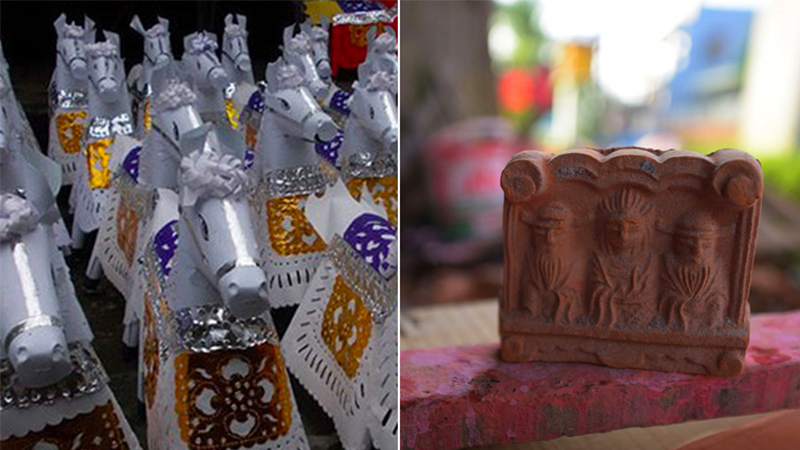 The grand and unique ceremony in Central Vietnam
The grand and unique ceremony in Central Vietnam
Offerings include a variety of dishes and a paper horse with reins and a saddle. On the morning of the 23rd, a “tree of sticks” is erected to ward off evil spirits while the guardian gods are away, taken down on the 7th of the first lunar month. Additionally, a ceremony is held on the evening of the 30th to welcome the gods back, and new Kitchen Gods are installed on the first day of the new year.
4 Regional Differences: A Cultural Mosaic
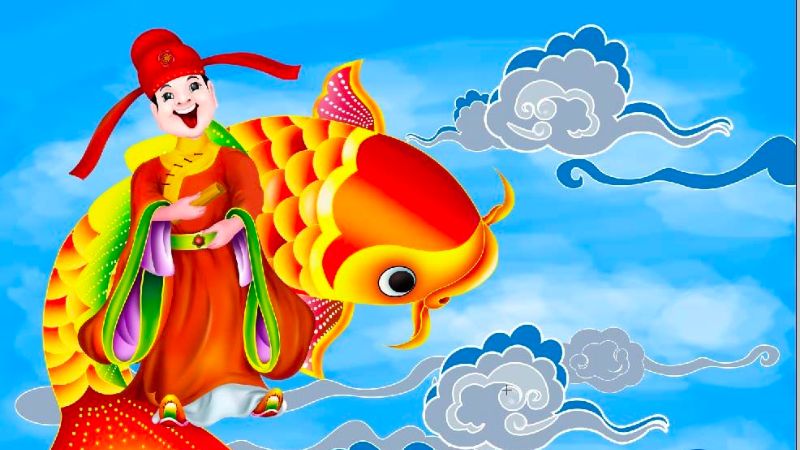 A cultural mosaic: Differences in the Kitchen God Ceremony across Vietnam
A cultural mosaic: Differences in the Kitchen God Ceremony across Vietnam
| Northern Vietnam | Central Vietnam | Southern Vietnam | |
| Timing | 20th–23rd, before noon on the 23rd | Night of 22nd, dawn of 23rd | 8:00–11:00 PM on 23rd |
| Offerings | Live carp | Paper horse with reins and saddle | Paper hats, clothes, and clogs |
| Feast | Sticky rice, chicken, head cheese, fried cakes, canned bamboo shoots | Offerings, flowers, fruits, new and old statues. Mackerel or tuna is a must. | Head cheese, pork and veggie rolls, pickled onions, boiled chicken, peanuts, black sesame candy |
Despite our shared Vietnamese identity, each region boasts unique customs and traditions, creating a vibrant cultural tapestry. Hopefully, this article shed light on the fascinating differences in the Kitchen God Ceremony across Vietnam’s three regions.
Wanderlust Amidst the Clouds: Exploring the Majestic Violak Mountain Pass to Măng Đen
At the end of May, after the first storms of the season, dawn breaks over the valleys along National Highway 24, which connects Violak Pass in Quang Ngai to the town of Mang Den in Kon Plong, Kon Tum. A thick fog rolls in, blanketing the rugged terrain. The pristine wilderness of the mountains is transformed into an ethereal realm, shrouded in a sea of clouds. This breathtaking spectacle offers visitors a unique and refreshing experience amidst the summer heat, providing a memorable escape from the everyday.
The Ultimate Guide to Traveling丽江 – Shangrila on a Budget: A Journey Without Mandarin.
“For their 8-day, 7-night trip to Lijiang and Shangrila, Mr. and Mrs. Nguyet from Hanoi, Vietnam, crafted their own itinerary with a total budget of 13.5 million VND per person. By planning their trip independently, the couple had the freedom to choose destinations that suited their personal preferences and interests.”


























